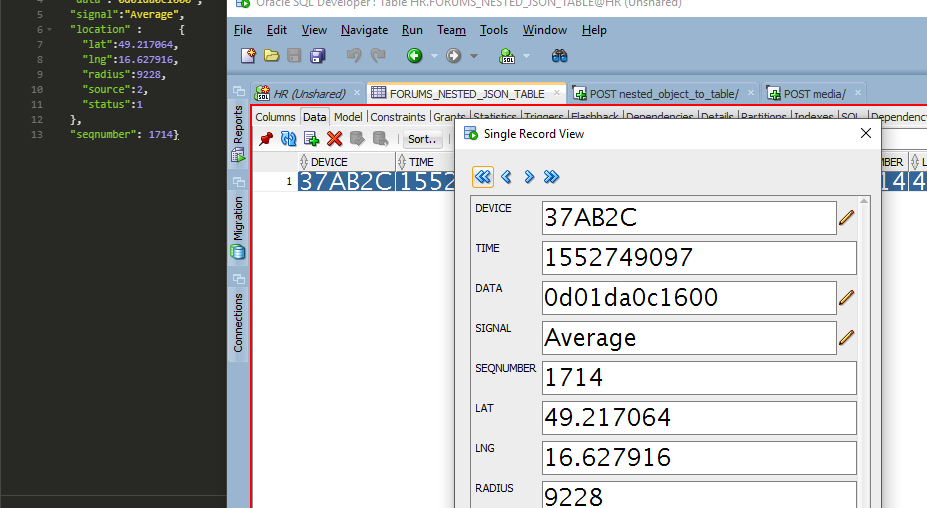A quick overview of escaping our of edit mode in Oracle SQLcl and cancelling queries. How to ‘get out of here!’ when typing your SQL.

A quick overview of escaping our of edit mode in Oracle SQLcl and cancelling queries. How to ‘get out of here!’ when typing your SQL.
Oracle SQL Developer can help you with your PL/SQL calls, including the procedure or function argument assignments.
Overview of how ORDS is deployed, and some new PowerPoint slides demonstrating the AUTO features versus coding your own RESTful Services.
How to get Oracle SQLcl to generate the DDL for an Oracle USER account.
Eight minute video demonstration of Oracle SQL Developer’s PL/SQL Debugger.
Update: we’ve introduced a new feature for managing your database changes, including your APEX apps and ORDS REST APIs, via the Project command. Learn more here. LIQUIBASE does ‘Source Control for your Database.’ It’s an Open Source project that allows you to capture changelogs for your database, including Oracle. What we are doing: Extending the support for Oracle to include all schema object types Building an interface directly into SQLcl via a new LB (LIQUIBASE)…
Why won’t the code helpers in Oracle SQL Developer work with my SQL or PL/SQL?
Oracle REST Data Services version 18.4 and your bug fixes are now available.
Oracle SQL Developer version 18.4 is now available!
How to quickly add free, public data to your Oracle Database using Oracle SQL Developer.